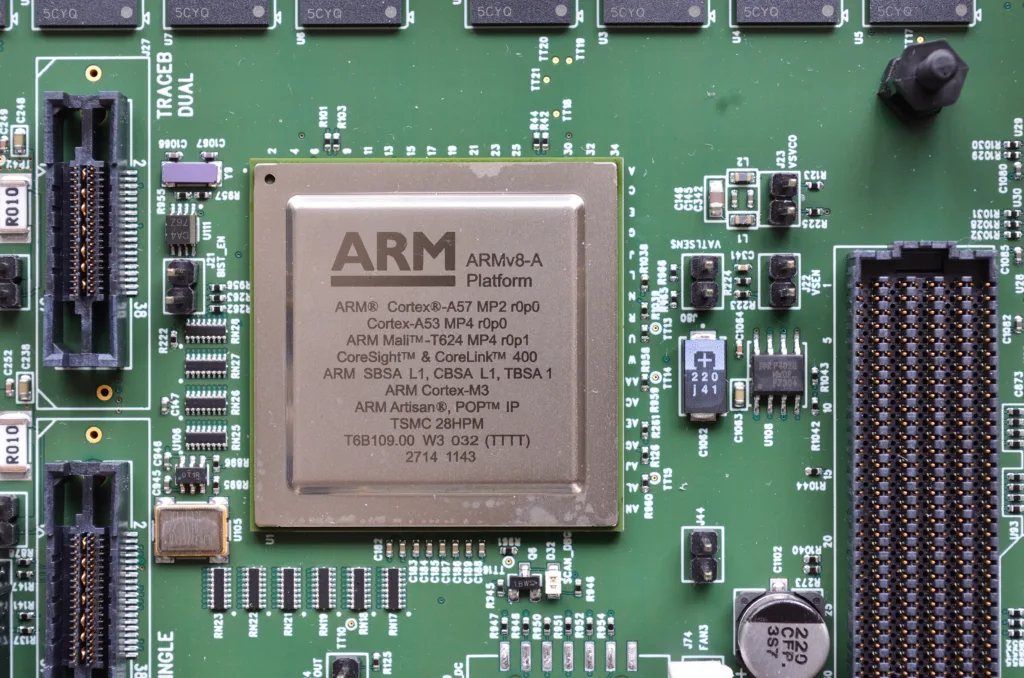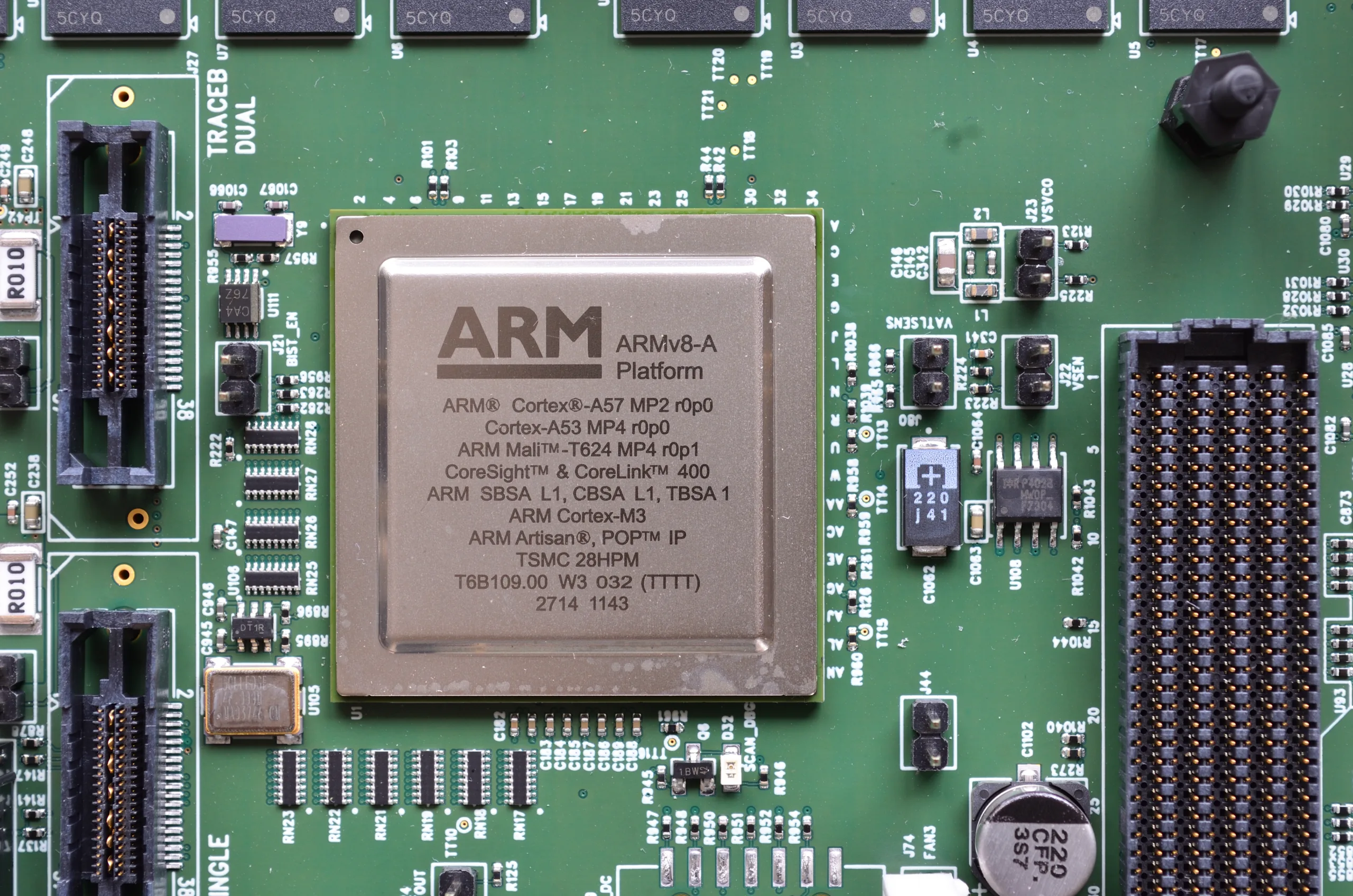Advantages of AArch64: In the realm of processor architecture, AArch64, also known as ARMv8, stands out for its exceptional performance and efficiency. As a 64-bit architecture, AArch64 brings numerous advantages over its predecessor, ARMv7. In this blog post, we will explore the key advantages of AArch64 and delve into how it enhances performance and efficiency in computing systems.

Table of Contents
AArch64: Enhanced Performance
With its 64-bit instruction set, AArch64 processors offer significant performance improvements over their 32-bit counterparts. The increased register size of 64 bits enables faster arithmetic operations, improved floating-point performance, and more robust memory addressing capabilities. These advancements result in accelerated computations, making AArch64 ideal for handling computationally intensive workloads.

AArch64: Superior Efficiency
AArch64 takes efficiency to new heights by incorporating advanced power management techniques. These techniques allow for better control over power consumption, leading to longer battery life in mobile devices and reduced energy consumption in data centers. Additionally, AArch64’s streamlined instruction set architecture eliminates unnecessary operations, reducing memory footprint and enhancing overall system efficiency.
AArch64: Optimized Memory Access
AArch64’s memory model is designed to optimize memory access and enhance security. Features like address tagging and memory partitioning isolate different processes, protecting against unauthorized access and ensuring data integrity. AArch64’s efficient memory management contributes to both performance and security, making it a suitable choice for a wide range of applications.
AArch64: Exception Handling Capabilities
Exception handling is critical for maintaining system stability, and AArch64 excels in this area. It incorporates robust mechanisms to handle interrupts and exceptions efficiently. These mechanisms ensure that critical operations continue without disruption and that the system can recover gracefully from unexpected events. AArch64’s exceptional exception handling capabilities contribute to its reliability and resilience.
AArch64: Flexible Execution Modes
AArch64 supports different execution modes, including user, supervisor, and hypervisor modes. These modes provide flexibility in managing system resources and enforcing security boundaries. The execution modes enable efficient resource allocation, security isolation, and support for multiple operating systems or instances on a single physical machine.
AArch64: SIMD Instructions for Parallel Processing
AArch64 includes support for Single Instruction, Multiple Data (SIMD) instructions. SIMD instructions enable parallel processing of data, performing the same operation on multiple data elements simultaneously. This capability significantly boosts performance in tasks that involve large data sets, such as multimedia processing, image recognition, and scientific simulations.
AArch64: Scalability and Flexibility
AArch64 offers scalability and flexibility, allowing it to be utilized in a wide range of devices and applications. From mobile devices to high-performance servers, AArch64 provides the scalability required to meet the varying demands of different computing environments. This flexibility enables developers to design and optimize software for diverse platforms, expanding the reach and compatibility of AArch64-based systems.
AArch64: Ecosystem and Industry Support
AArch64 has gained significant industry support, with many software developers and vendors optimizing their applications and frameworks specifically for AArch64 architecture. This support ensures a rich ecosystem of software and tools that are tailored to take full advantage of the performance and efficiency benefits offered by AArch64. As a result, users can enjoy a wide range of optimized software options and benefit from the continuous advancements in AArch64-based technologies.
AArch64: Cost Efficiency
The efficiency of AArch64 extends beyond just power consumption. Due to its streamlined architecture, AArch64 processors can be designed with fewer transistors compared to complex, high-power processors. This reduction in transistor count can result in cost savings for both hardware manufacturers and end-users. Additionally, the energy-efficient nature of AArch64 can lead to reduced cooling requirements, further contributing to cost savings in data centers and other computing environments.
AArch64: Future-Proofing and Long-Term Support
As technology continues to evolve, AArch64 provides a future-proof architecture that ensures long-term support and compatibility. With its 64-bit design and efficient instruction set, AArch64 processors can handle the increasing demands of emerging technologies and software applications. This future-proofing aspect makes AArch64 a reliable choice for organizations and individuals looking to invest in systems that can adapt to future advancements and requirements. Also Read Benefits of Using Artificial Intelligence in Marketing: The Future of Digital Advertising
Conclusion:
AArch64’s 64-bit architecture offers significant advantages in terms of performance and efficiency. With improved performance capabilities, advanced power management, optimized memory access, robust exception handling, and support for parallel processing, AArch64 is driving innovation across various computing domains. As software and hardware ecosystems continue to embrace AArch64, we can expect further advancements that leverage its power to deliver exceptional performance and efficiency in computing systems. Read more on Wikipedia


